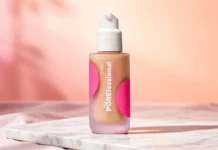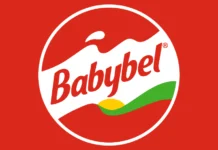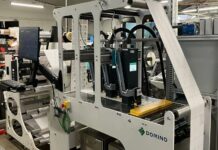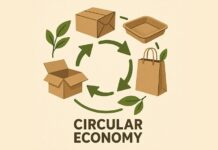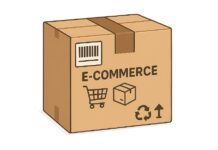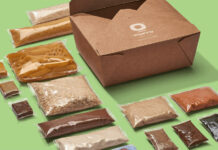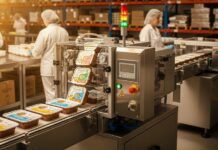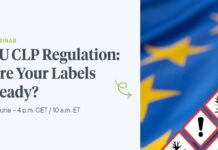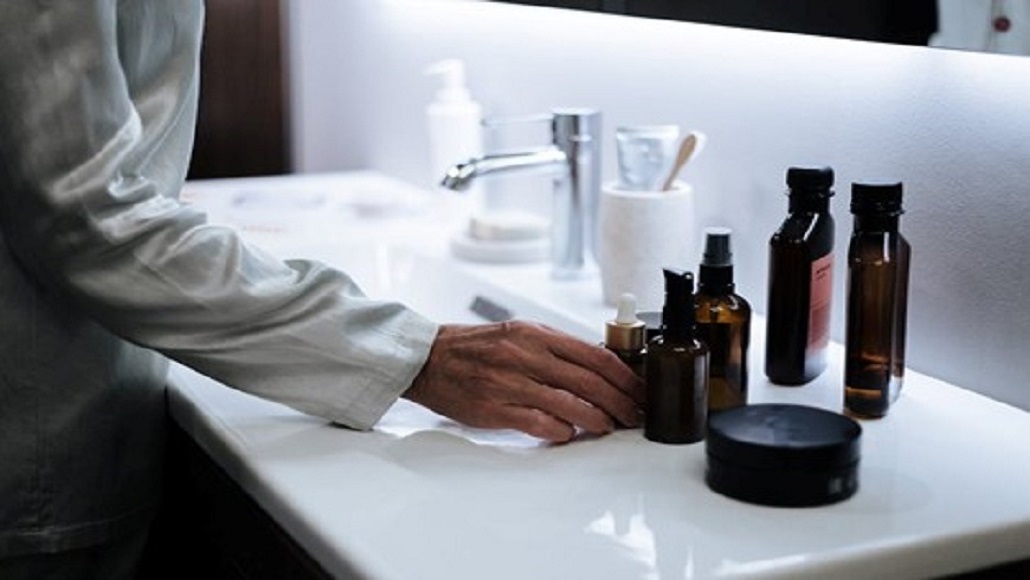Packaging does more than carry a brand’s logo or help products look appealing on a shelf. It plays a direct role in how long a product lasts and whether it remains safe to use. In many industries, packaging is the first and most critical line of defense against contamination, spoilage, and damage.
Whether it’s food, medicine, or skincare, shelf life and safety affect consumer trust, product performance, and compliance with regulations. A product that arrives spoiled, degraded, or unsafe can lead to complaints, recalls, and even legal problems.
The right packaging keeps products stable, fresh, and protected from the environment. Choosing the wrong packaging or skipping key features can shorten shelf life and affect the product’s quality. That’s why companies need to think about function first, then design.
Packaging as a Protective Barrier
Most people don’t think about the air, light, or moisture surrounding a product during shipping or storage. But these elements can have a major impact. Packaging serves as a shield against those factors. It helps products hold their form, flavor, and potency from the factory to the end user.
For example, oxygen can trigger chemical changes in certain products, leading to spoilage or breakdown. Excess moisture creates the perfect environment for bacteria or mold to grow. Sunlight and UV rays degrade items like vitamins or cosmetics. The right type of packaging blocks or controls these risks.
In some cases, it’s not just about keeping things dry or sealed—it’s about keeping them cold. This is especially true for industries dealing with temperature-sensitive items like pharmaceuticals, food, and lab samples.
Many businesses in these fields rely on specialized packaging systems to maintain stability in transit. One common solution uses control temp packaging to help protect products during long-distance or climate-sensitive shipping. This type of packaging creates a controlled environment so temperature swings don’t ruin what’s inside.
When a product needs to stay within a certain temperature range, regular insulation isn’t enough. Control temp systems combine insulation, phase change materials, and rigid containers to help reduce exposure to heat or freezing conditions. The result is better product safety and less spoilage on arrival.
For companies shipping goods with specific storage needs, this isn’t optional. It’s a must-have part of their supply chain. It supports product reliability and helps meet industry safety standards.
Materials Matter: Choosing the Right Type
The type of material used in packaging can greatly influence shelf life and safety. Some materials offer strong protection from outside elements, while others do very little.
Glass, for instance, works well for liquid items and chemicals that need airtight storage. It doesn’t interact with the product and blocks moisture. Foil and multi-layer plastics provide excellent barriers against oxygen and light. Paper-based options, while recyclable, often need coatings or inner linings to improve their performance.
Choosing the wrong packaging material can result in wasted inventory and lost sales. It’s not just about sustainability or cost—it’s about how well the material fits the product’s needs.
The Role of Seals and Closures
Even if the outer packaging looks durable, weak seals or poorly designed closures can lead to major issues. Leaks, exposure to air, and broken seals all reduce shelf life and raise safety concerns. That’s why closures deserve as much attention as the rest of the packaging.
Tamper-evident features offer both protection and peace of mind. They show if a package has been opened before reaching the consumer. Resealable packaging adds convenience and helps products last longer after opening. For liquid or powder-based products, airtight seals prevent contamination and preserve freshness.
When seals fail, moisture or bacteria can find their way in. That increases the chance of spoilage or health risks. Proper sealing techniques and reliable closures lower that risk and help protect the product until the last use.
Packaging and Regulatory Requirements
Many industries must meet strict safety standards for packaging. These rules exist for good reason—poor packaging can make a product dangerous or unusable. That’s why regulators look closely at packaging methods in industries like food, pharma, and medical devices.
For example, the FDA requires packaging that keeps medications stable throughout their shelf life. In food production, packaging must protect against contamination and meet specific material safety guidelines. Labeling also plays a part in helping users store and handle products correctly.
Meeting these requirements calls for more than just good design. It involves selecting materials that match product needs, documenting testing procedures, and maintaining quality control during production. It also helps businesses avoid recalls and legal issues.
Safe packaging isn’t just a compliance issue—it’s a customer protection issue. If a package fails, so does the product’s reputation.
Packaging for Consumer Use and Reuse
A product might leave the facility in perfect condition, but it still needs to work for the person using it. Poor usability can lead to contamination or accidents. That’s where thoughtful packaging design comes in.
Child-resistant caps, resealable bags, and easy-pour spouts all support safer use. These features keep the product safe between uses and reduce the risk of incorrect handling. For perishable goods, resealable options also help extend shelf life after opening.
Reusable packaging is becoming more common across industries. But it still has to meet safety needs. If a container gets reused, it should protect the product just as well the second time. That means materials need to stay strong and closures must work properly over time.
Designing with consumers in mind helps products stay effective from start to finish.
Innovations Extending Shelf Life
Technology plays a bigger role in packaging than ever before. Innovations are helping companies protect products while cutting down on waste.
Time-temperature indicators show if a product was exposed to unsafe conditions during shipping. Oxygen absorbers placed inside packages help stop spoilage by reducing oxidation. Some packaging now includes antimicrobial surfaces that slow the growth of harmful bacteria.
These tools help manufacturers deliver products that last longer, stay safer, and offer more value to customers.
Shelf life and product safety aren’t just influenced by what’s inside; they depend heavily on what’s outside. Packaging acts as both a barrier and a communication tool. It protects products from the elements, supports proper use, and helps companies meet health and safety standards. With the right choices, businesses can build trust, reduce waste, and keep their products working as intended until the very end.



